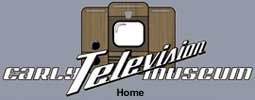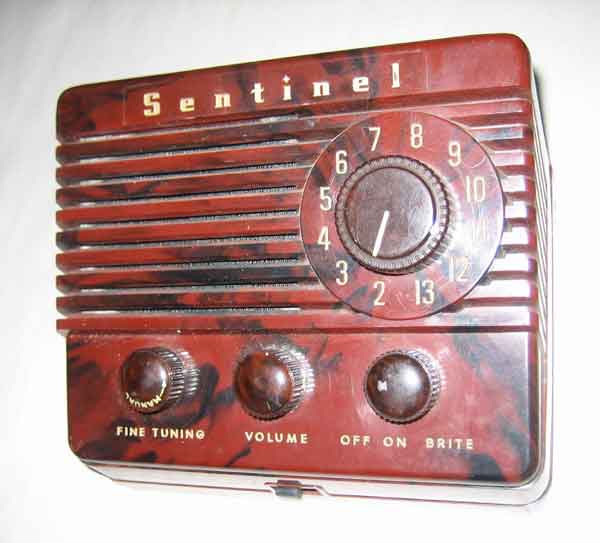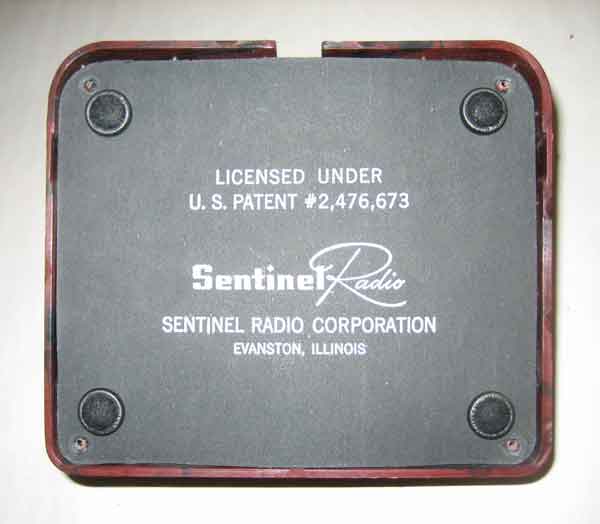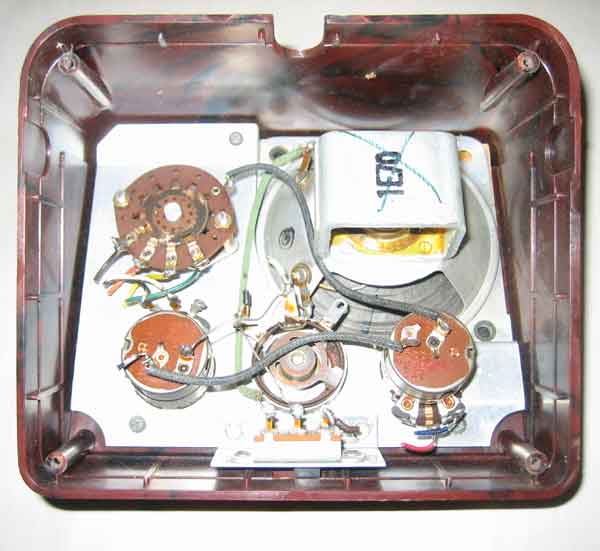Postwar Television Sentinel Remote ControlThis wired remote, made in the late 40s or early 50s, controlled the channel, fine tuning, volume and brightness. The operation of the brightness and volume controls are straightforward, but the channel selection and fine tuning are not. The tuning switch has one common (wiper) and 4 outputs. Here is the code that is developed by the switch:
From our request for ideas on how the remote control works, Tom Genova searched the patent number and discovered how the channel selection works. Here is a description from Arthur Aaron:
Several people suggested that a reactance tube, controlled by the potentiometer in the remote control was used to change the frequency of the local oscillator. Here is a Radio & TV News article that describes the remote.
|



